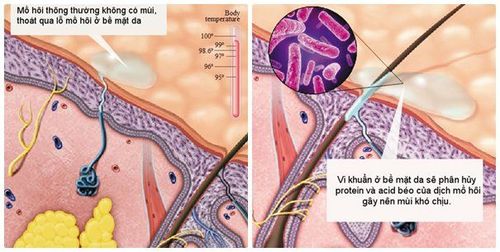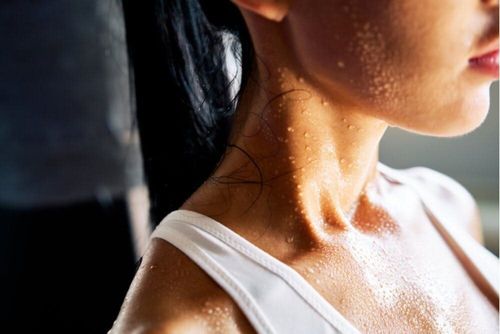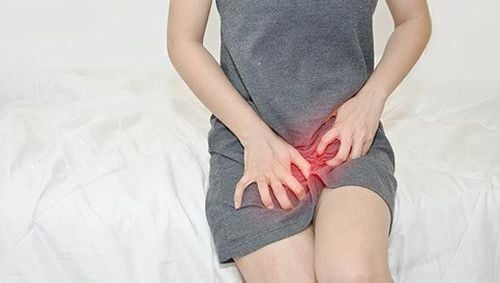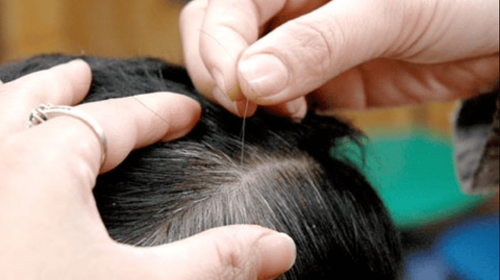Axillary odour is a common concern for many individuals, leading to diminished self-esteem in social interactions and impacting surrounding relationships. The condition is primarily attributed to hyperactivity of the apocrine sweat glands.
1. Is axillary odour contagious?
The underlying cause of axillary odour can be traced to hyperactivity of the sweat glands, which results in the secretion of excess lipids and fats. These substances alone do not emit an odour; however, when they combine with resident bacteria in the moist, enclosed environment of specific body areas, they produce an unpleasant smell.
Conversely, axillary odour is not considered an infectious disease, thus the condition is not transmissible even through direct contact or shared clothing with the affected individual. Those experiencing this condition are predominantly characterized by a predisposition to excessive sweat gland activity.
2. Is axillary odour hereditary?
According to experts, genetic factors may contribute to the development of axillary odour. Consequently, even if an individual successfully treats this condition, their offspring may still be susceptible. However, it is not certain that children of affected parents will also develop the condition. Clinical reports indicate that if both parents have axillary odour, the likelihood of their offspring developing the condition is approximately 85% or higher; if only one parent is affected, the probability is around 50%.
The intensity of odour in the axillary region may be exacerbated by poor hygiene practices and lifestyle choices, such as infrequent bathing, wearing tight clothing, or engaging in activities that induce excessive sweating, such as athletics or coaching. Many individuals may also engage in shaving underarm hair, leading to follicular hyperplasia and stimulating lipid secretion on the skin's surface.
To prevent worsening of axillary odour, it is advisable to minimize skin irritation in the area. Moreover, foods with stimulating properties, such as onions, garlic, spicy dishes, and caffeine-containing products, are also recognized as factors contributing to body odour.

3. Can axillary odour be permanently treated?
Currently, various treatment options exist for managing axillary odour, including pharmaceutical interventions, surgical procedures, laser therapy, and botulinum toxin injections. The primary goal of these treatments is to reduce the activity of sweat glands. However, these measures are generally more applicable to those experiencing severe symptoms that impede normal activities.
Dermatology experts assert that sweating is a physiological process that is inherently normal; therefore, patients should neither aim to eradicate the sweat glands permanently nor is such eradication feasible. To mitigate unpleasant odours, individuals should utilize antibacterial soaps to enhance hygiene in the axillary region.
Additionally, wearing loose-fitting attire can facilitate moisture evaporation, preventing accumulation in enclosed body areas. It is also advisable to limit the intake of spices and stimulants such as pepper, garlic, onions, coffee, and alcohol to avoid stimulating sweat production.
Individuals engaged in activities that induce continuous sweating should bathe and change into fresh clothing post-exercise. Implementing topical antiseptic measures can also be quite effective in significantly reducing axillary odour. In mild cases, attention to hygiene and the use of supportive measures may suffice to eliminate the odour.

4. Home remedies for managing axillary odour
Axillary odour is not a novel issue and has been addressed using numerous home remedies throughout history, employing the following materials:
- Toothpaste: Applying a small amount to the underarm area and rubbing for 2-3 minutes can effectively reduce axillary odour. For optimal results, individuals should consistently practice this method daily, particularly after bathing.
- Fresh ginger: Ground and strained to extract fluid, which can then be applied to the odorous area several times daily.
- Betel leaves: Crushing fresh betel leaves and extracting their juice, then applying it to the axillary region while performing gentle massage. This method can be done before sleep, with thorough washing in the morning, 2-3 times weekly.
If these self-management strategies prove ineffective in diminishing axillary odour and significantly impact quality of life, it is imperative for individuals to consult a physician for further guidance and to explore more suitable treatment options.
To arrange an appointment, please call HOTLINE or make your reservation directly HERE. You may also download the MyVinmec app to schedule appointments faster and manage your reservations more conveniently.








